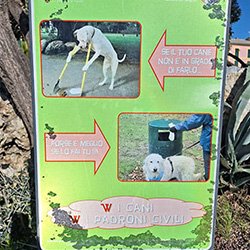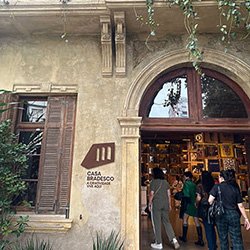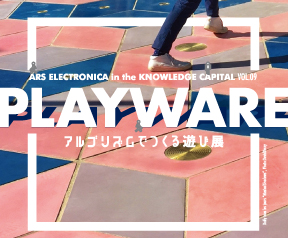Seeing them positioning their cameras in front of the cathedrals, clutching their tickets at the Teatro alla Scala, or exclaiming “kawaii!” (adorable!) in front of storefront windows was simply a part of city life. Throngs of Japanese would visit the designer boutiques, yet the Milanese would tell me how impressed they were that nobody seemed to jostle or bump into each other in those crowds. Lately though, I rarely see Japanese people in the streets anymore.

Turns out, it wasn’t just my imagination.
While more than 220,000 Japanese tourists once visited Milan annually, that number had dropped to just 68,000 in 2024—less than a third of what it was twenty years ago. Driving the change are a weak yen, high prices, and longer flights. While you can still catch a plane direct from Tokyo, the flights are two hours longer than they used to be because the planes can no longer travel over Russian airspace. This has made the tickets more expensive, while at the same time making the trip more grueling. Even Japanese chefs, who told me they once visited Milan three or four times a year in the 80s and 90s, defeatedly say that it’s become too difficult now that the yen is so weak. What was once a clear intention to “visit Italy next” now seems to have become a kind of vague hope among Japanese people that they might get to see it someday.
Interestingly, while the number of regular Japanese visitors has decreased, Italians certainly have their eyes on Japan. Bolstered by the favorable exchange rates, it seems that more and more Italians are going to see Mt. Fuji and the cherry blossoms every year.
Milan is increasingly becoming a headliner destination for international tourism. Fashion Week, Design Week, and musical events draw people from all over the world, though Japanese here on business have changed the way they travel. While it was once common for them to book extended stays at five-star hotels, they now settle for Airbnbs or affordable hotels, in most cases limiting their time here to just a couple of nights. And the high prices aren’t just affecting tourists—the local Milanese are feeling the squeeze as well. While even the locals are finding it difficult to make ends meet, it’s not as simple as just wanting prices to go down.

Of course, the charm of Milan hasn’t faded. While there are probably fewer Japanese who come in search of luxury goods, an increasing number are here to simply experience the city. They’d rather duck into a tiny backstreet bistro, visit galleries in the design district, or pop into tiny art studios than shop for brand-name products. And this much more subdued way of enjoying the city is probably perfect for the way Milan is today.
While the flow of people through the city may have changed, the Milan that the Japanese once aspired to visit is still here—complete with the sounds of the trams in the evenings and the dazzling light reflected off the cathedral walls.
I hope that one day I’ll hear “kawaii!” ringing through the streets again like I did back then.































































